Medical Care
Three Things That Can End Your Summer Fun
It’s Summer Vacation for the kids, which means (hopefully) they will be outside playing, and soaking up the free time and clean air.
But there are three things that also happen to be out enjoying the summer sun, that can quickly ruin any outdoor fun.
Not only that, but it can be everything to a minor annoyance to outright dangerous depending on your own reaction to it.
Check out this article from Dr.Bones over at doomandbloom.net to make sure that you keep yourself and your kids out of these nasty little summertime blues bringers:
In the Northern Hemisphere, warm weather is upon us and school is done for the summer. As such, we can expect a lot more time in the outdoors for the average family. Although this is ordinarily a healthy pursuit, there are circumstances where you will find that some things out there that present hazards that are difficult to avoid.
Unless you live in Alaska or Hawaii, a mountaintop, or the middle of the desert, the outdoors will have a population of poison ivy, poison oak, and/or poison sumac. Once exposed to one or the other, 85% of the population will develop antibodies against it that will generate an itchy rash of varying degrees of severity. Winter does not eliminate the possibility of a reaction, as you can react against even the dormant vines or shrubs.
The old saying goes: “Leaves of three, let it be”. Although it is true that poison ivy comes in “leaves of three”, so do many other plants. Familiarize yourself with what it looks like.
Poison Ivy
Poison ivy and poison oak are very similar, with the same chemical irritant, known as Urushiol. This irritant is an “allergen”, which is a substance that can cause your body to react against it when exposed. Poison ivy leaves may be pointier, with poison oak often looking more like, well, oak leaves (see images). One or both is present just about everywhere in the continental United States.
Poison Oak
Poison Sumac is a shrub or small tree, growing up to nearly 30 feet in height in parts of the Eastern United States. Each leaf has 7–13 pointy leaflets. Although poison sumac has the same irritant present in poison ivy and poison oak, it is far more powerful. Simply inhaling smoke from burning poison sumac has been reported to cause death by suffocation.
Poison Sumac
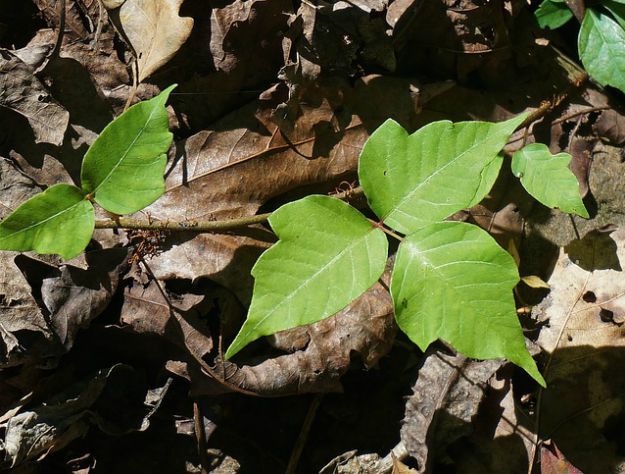
All of these plants contain toxic oil that causes a reaction after the first sensitizing exposure. The oil is in just about every part of the plant: The vines, leaves, and roots. Most people don’t know they have been exposed, even if they know how to identify the plant. Just think how difficult it is to be aware of every single plant you might come into contact with when you hike in the woods. Also, many people are exposed indirectly; for example, by petting the fur of a pet that has been exposed.
The best prevention is to avoid getting the toxin on your skin. If you can’t avoid exposure, here is advice before you head out into the woods:
- Long pants, long-sleeved shirts, work gloves, and boots are imperative if you’re doing work in areas known to have poison plants.
- Some recommend an over-the-counter lotion called Ivy Block as a preventative. Apply it like you would a sunblock to likely areas of exposure. Theoretically, it will prevent the oil from being absorbed by your skin.
Unfortunately, many times people don’t identify the exposure before it’s too late. The rash takes from several hours to several days to become apparent.
Usually, you will notice:
- Itchiness where your skin was exposed to the plant.
- Red streaky rashes where the plant brushed against you.
- Small bumps or hives along with the redness.
- Occasional blistering.
Typical poison ivy rash
The rash usually appears in the first day or two after your contact with the Urushiol, although it may take longer in first exposures. The rash will continue to appear to spread over several days, even if you stay indoors. The rash, however, is not contagious. The more allergen you come in contact with, the more severe your reaction. Severe reactions to smaller amounts of Urushiol may be seen in those who are highly sensitive. Serious symptoms may include generalized swelling of just about anywhere on the body, including the genitals, and widespread blistering.
Extreme case of reaction to poison ivy
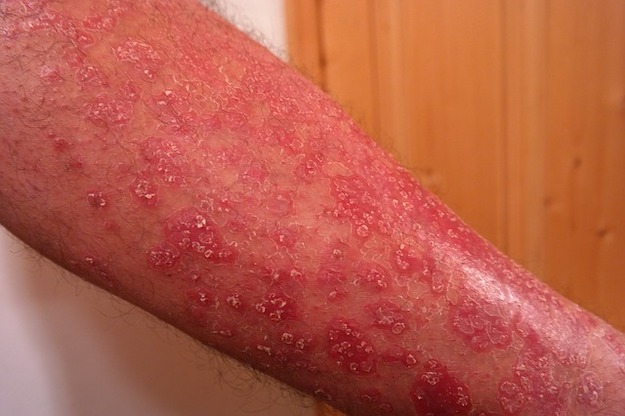
The resin or oil from the plant that causes the reaction will remain active even on your clothes, so thorough laundering will be required. Routine body washing with soap will not be useful after 30 minutes of exposure, as your system will already be producing antibodies. Hot water seems to help the oil absorb into the skin, so use only cold water early on. After all the irritant has absorbed, however, hot water baths are actually recommended by some to relieve itching.
Cleansers that remove resin or oil such as Fels-Naptha soap or Tecnu Poison Oak and Ivy Cleanser are more effective than regular detergent and can be used even several hours after exposure. Rubbing alcohol is another reasonable option and easily carried as hand sanitizers or prep pads; it is, however, very drying to the skin.
The good news is that, even if you choose not to treat the rash, it will go away by itself over 2-3 weeks. The bad news is that it could be so itchy as to make you absolutely miserable. Diphenhydramine (Benadryl) at 25-50 mg dosages 4 times a day will be helpful in relieving the itching. It’s important to know that the 50mg dosage will make you drowsy. This may be an added benefit at night to help you sleep, but not if you are in any situation that requires alertness. Unfortunately, calamine lotion and hydrocortisone cream, old standbys, will probably not be very effective.
Severe rashes have been treated with the prescription Medrol dose pack, (a type of steroid known as Prednisone). Prednisone is a strong anti-inflammatory drug and will be more effective in preventing the inflammatory reaction that your antibodies will cause. This medicine would be a useful addition to any medical supply list if obtainable.
Some astringent solutions such as Domeboro have been reported to give relief from the itching. The active ingredient is aluminum acetate, which is similar to the aluminum chlorohydrate in many antiperspirants.
There are several alternative treatments for poison ivy, oak and sumac:
- Cleansing the irritated area with apple cider vinegar
- Essential oils mixed with Aloe Vera gel, such as tea tree, lemon, lavender, peppermint, geranium, and chamomile.
- Baking soda paste
- Epsom salt baths.
- Jewel weed (mash and apply)
- Chamomile tea bag compresses
For those who prefer drinking their tea: Passion flower, skullcap, and chamomile are all thought to be soothing.
Click here to read the original article
Plan a Summer Getaway at One of These South Dakota Campgrounds
10 Summer Survival Tips: Beat the Heat Without AC
17 Ways to Keep Your House Cool and Save Money This Summer
-

 Do It Yourself7 months ago
Do It Yourself7 months agoParacord Projects | 36 Cool Paracord Ideas For Your Paracord Survival Projects
-

 Do It Yourself9 months ago
Do It Yourself9 months agoHow To Make Paracord Survival Bracelets | DIY Survival Prepping
-

 Do It Yourself9 months ago
Do It Yourself9 months ago21 Home Remedies For Toothache Pain Relief
-

 Do It Yourself10 months ago
Do It Yourself10 months agoSurvival DIY: How To Melt Aluminum Cans For Casting
-

 Exports8 months ago
Exports8 months agoAre Switchblades Legal? Knife Laws By State

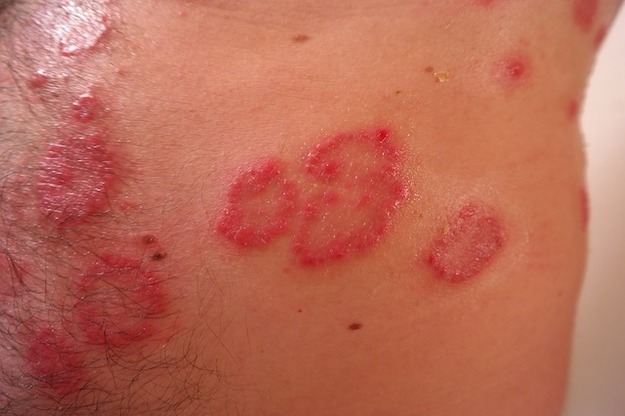

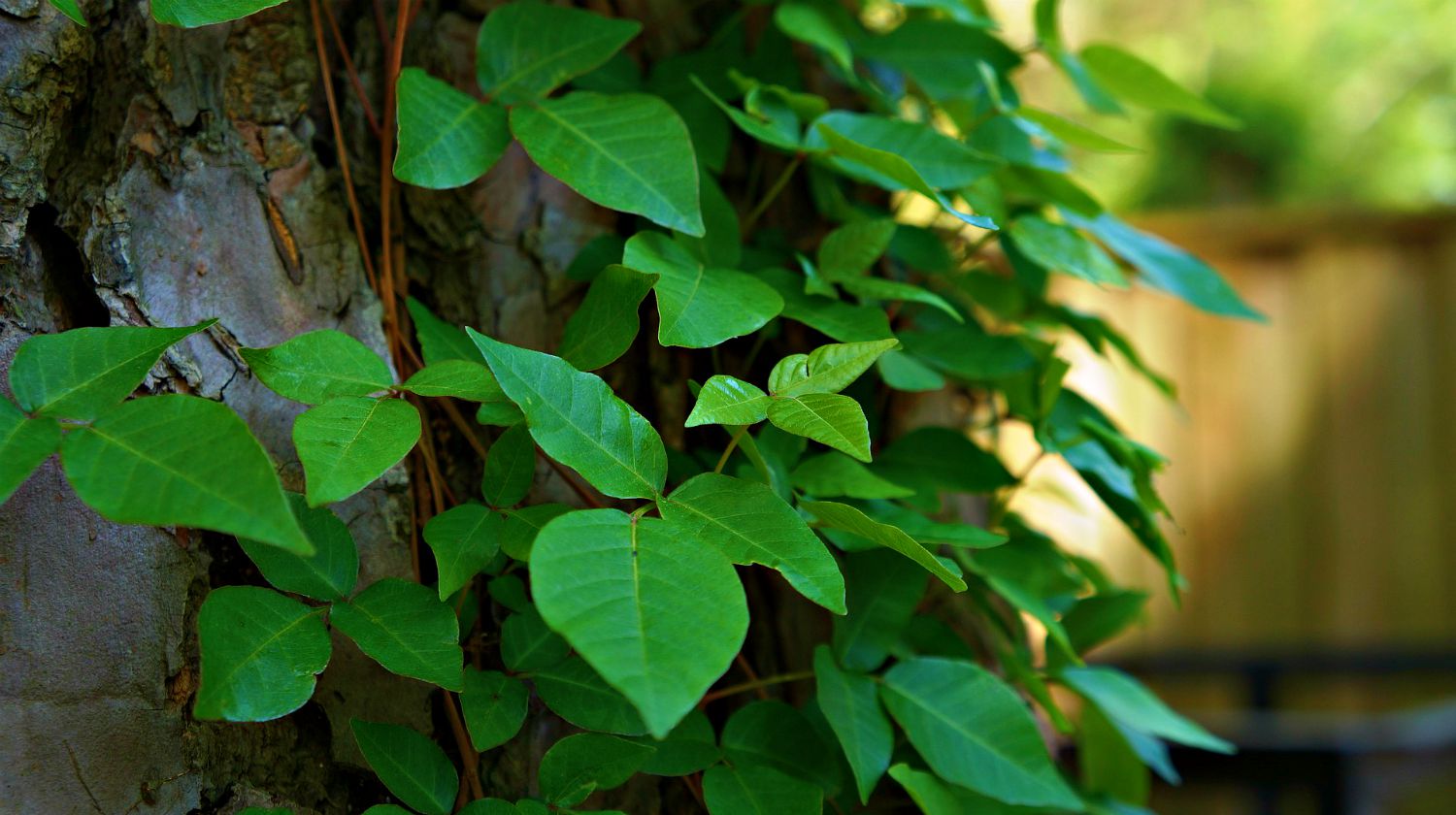
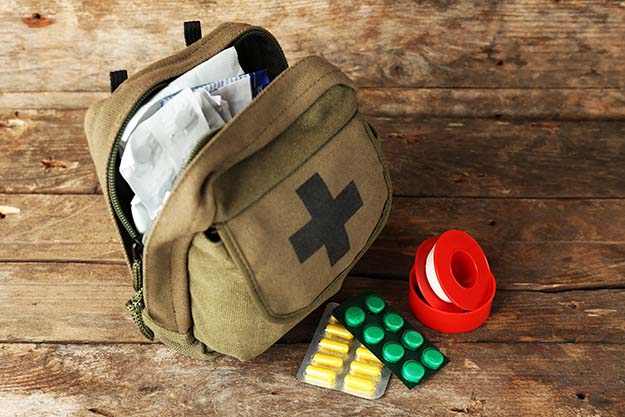

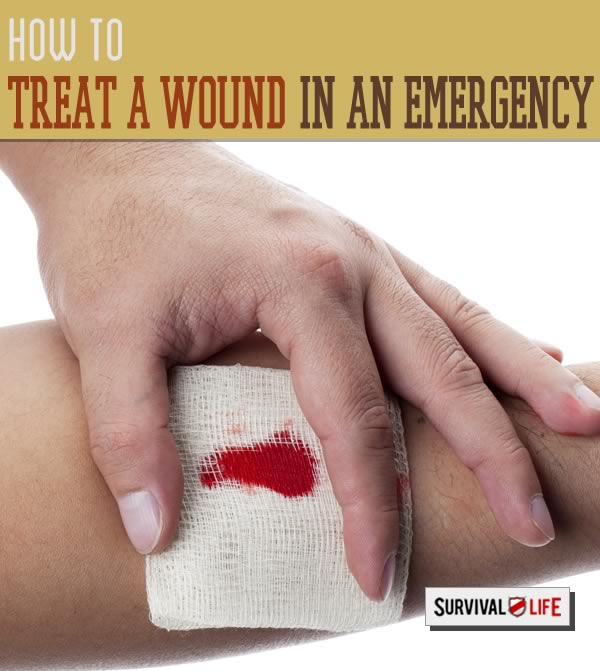


Schneewitchen
June 17, 2013 at 7:49 AM
I would put Jewel Weed at the TOP of the list for relief. Everyone should recognize this awesome herb every bit as well as they can identify the poison plants.
It is essential for anyone who works, plays or travels outdoors. It grows by shaded roadside or by water. It is a very watery plant, much like the impatiens we grow in the garden, because it is in the same family. Jewelweed is Impatiens capensis.
When you break the stems it oozes a slimy liquid,similar to aloe vera, which is readily and instantly ready for use on poison ivy, oak and sumac. If you’re smart, you will pick it when you see it in spring/summer, put it through the blender, and freeze it for autumn/winter use when it is more difficult to find.
Yes, people do get the “poisons” in winter! Ever pull down a “dead vine” off a tree only to find out later it was dormant poison ivy? Ever cut down a sapling that imitates a young walnut tree? Yeah, you know what I mean!
R.D. Baker, MD
June 19, 2013 at 2:19 PM
Just 2 days ago, I was trying to clear some areas in our 4 + acres: some poison ivy & oak. Unfortunately, I took a “shortcut” this time (short sleeves) because I was only going to pull a “few”…I always wear gloves, jeans, boots, long sleeves otherwise.
Itchy macules (flat pinkish spots) started MINUTES after I started pulling the ivy. Recognizing this, I went IMMEDIATELY to the shower and used LIQUID “DAWN” detergent with cool water -copiously for 10-15 minutes. Start with GENTLE, then more moderate lathering – to avoid increasing skin lesion absorption. Afterward, I splashed on a cupful of white (or whatever..) vinegar and finished the shower. Perfect results. Clothes went into the washer.
By the way – the leaves of poison ivy AND poison oak can vary in character – from smooth edges to serrated, dull to shining.
When you pull up the OAK plant, the twisting (younger) root may have an ochre-orange color.
The older OAK root is harder to dislodge than ivy, the closer it is to a main root. Also, some of the OAK roots can be as much as 20+ feet long; IVY roots seem to be thinner and closer to the surface.
The OAK leaves come off the main stem singly, in alternate fashion (not paired and opposite one another).
NOTE: DAWN detergent is especially effective (over other soaps) because it is a grease-cutter, and the liquid is easier on the skin than a bar of soap.
For it is written: “Familiarity breeds Contempt”, but Contempt (for Ivy) can lead to Remorse…
Signed, Remorseful
Pingback: How To Identify Poison Ivy | Homesteading Safety Tips – Homestead Survivalism
Pingback: How To Identify Poison Ivy - GS Distro Blog - GS Distro Blog
Pingback: How To Prevent And Treat Poison Ivy, Oak, And Sumac | Survival Life
Pingback: How To Prevent And Treat Poison Ivy, Oak, And Sumac – Ultimate Survival Alerts